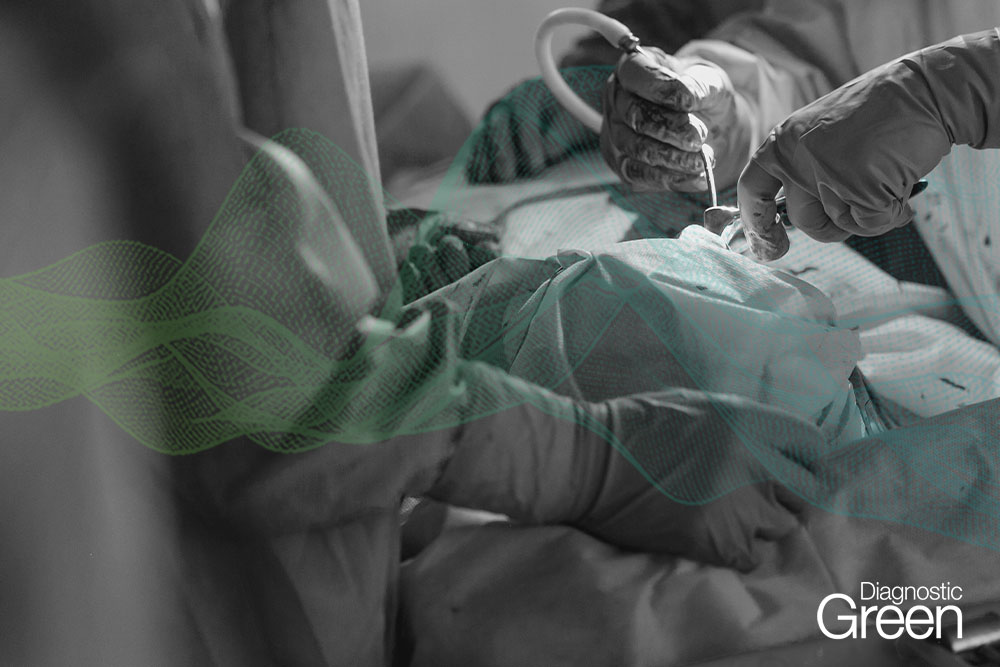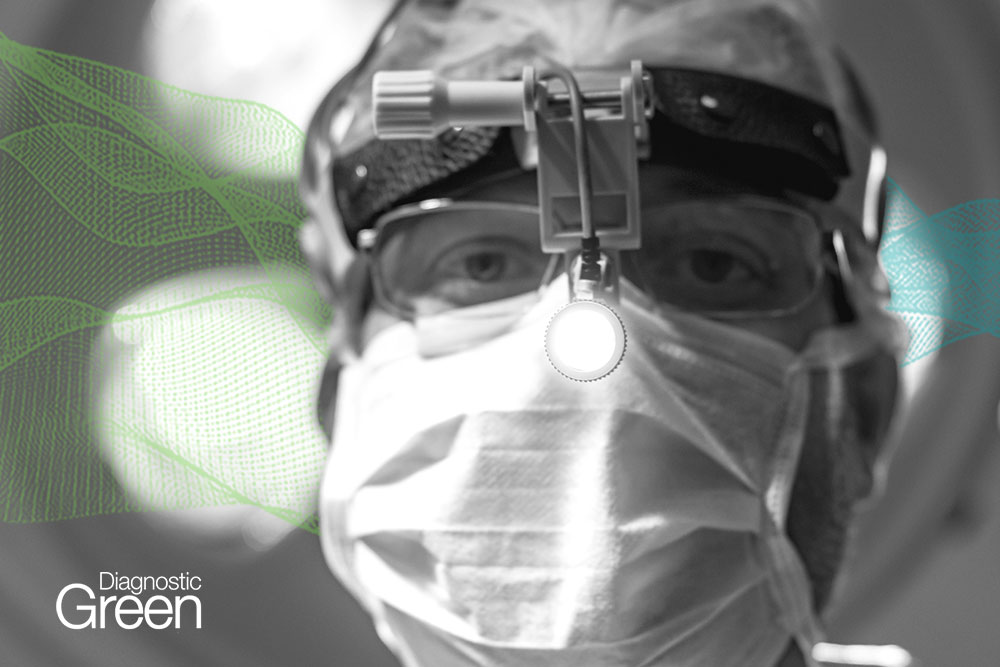To evaluate the feasibility and accuracy of near-infrared fluorescence imaging technology for assessing margins during breast-conserving surgery for breast cancer.
Continue readingThe value of intraoperative indocyanine green angiography in microvascular decompression for hemifacial spasm to avoid brainstem ischemia
Despite being rarely reported, ischemic insults resulting from compromising small brainstem perforators following microvascular decompression (MVD) remain a potential devastating complication.
Continue readingThe role of fluorescence angiography in colonic interposition after esophagectomy
Colonic interposition is an alternative for gastric conduit reconstruction after esophagectomy. Anastomotic leakage (AL) occurs in 15-25% of patients and may be attributed to reduced blood supply after vascular ligation. Indocyanine green fluorescence angiography (ICG-FA) can visualize tissue perfusion.
Continue readingUtility of Indocyanine Green Angiography for Preventing Pre-expanded Extended Lower Trapezius Myocutaneous Flap Necrosis: How to Make the Correct Decision for Hypoperfused Areas
Designing a skin flap that perfectly covers the anatomical and dynamic territories is challenging. Tissues capturing territories beyond may be insufficiently perfused, and these hypoperfused areas can lead to partial flap necrosis. Indocyanine green angiography (ICGA) is an effective tool for identifying hypoperfused areas. This retrospective study proposes a standardized strategy for managing the hypoperfused area identified by ICGA in pre-expanded extended lower trapezius myocutaneous (e-LTMC) flaps
Continue readingIndocyanine Green Angiography as the Principal Design and Perfusion Assessment Tool for the Supraclavicular Artery Island Flap in Head and Neck Reconstruction
A consecutive case series of supraclavicular artery island flaps was designed using indocyanine green angiography (IcG-A) in head and neck reconstruction to demonstrate its utilization in supraclavicular artery island flap (SCAIF) head and neck reconstruction. IcG-A was used consecutively between April 2014 and July 2015 to evaluate its use in flap design, inset, and intraoperative decision-making in five patients undergoing head and neck reconstruction.
Continue readingPatterns of ischaemia and reperfusion in nipple-sparing mastectomy reconstruction with indocyanine green angiography
Intraoperative assessment of mastectomy flaps and nipple-areola complex (NAC) with indocyanine green angiography (ICGA) for decision-making in delayed breast reconstruction after nipple-sparing mastectomy (NSM) remains to be fully elucidated. We evaluated patterns of ischaemia and reperfusion in NSM with delayed breast reconstruction, and their outcomes.
Continue reading





